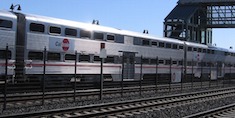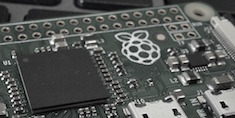
Crossing the Development to Production Divide
In this post we’ll give an overview of obstacles we’ve faced (you may be able to relate) and talk about solutions to overcome these obstacles.

In this post we’ll give an overview of obstacles we’ve faced (you may be able to relate) and talk about solutions to overcome these obstacles.

As a first step to using Twitter activity as one of the data sources for train prediction, we start with a simple question: How do Twitter users currently feel about Caltrain?

In this post we provide a framework for choosing a data format, and provide some example use cases.

A quick overview of the motivation behind our instant and repeatable data platform tool.

In this post, we’ll provide a short tutorial for training a RNN for speech recognition; we’re including code snippets throughout, and an accompanying GitHub repository. The software we’re using is a mix of borrowed and inspired code from existing open source projects.

In this post, we will give a high level overview of what EDA typically entails and then describe three of the major ways EDA is critical to successfully model and interpret its results.

In this post, we will explore some aspects of the train delay data we’ve been collecting from the Caltrain API.

In this post, Matt talks about using TensorFlow to detect true and false positives in our Caltrain work.

In this post, we discuss our Raspberry Pi streaming video analysis software, which we use to better predict Caltrain delays.